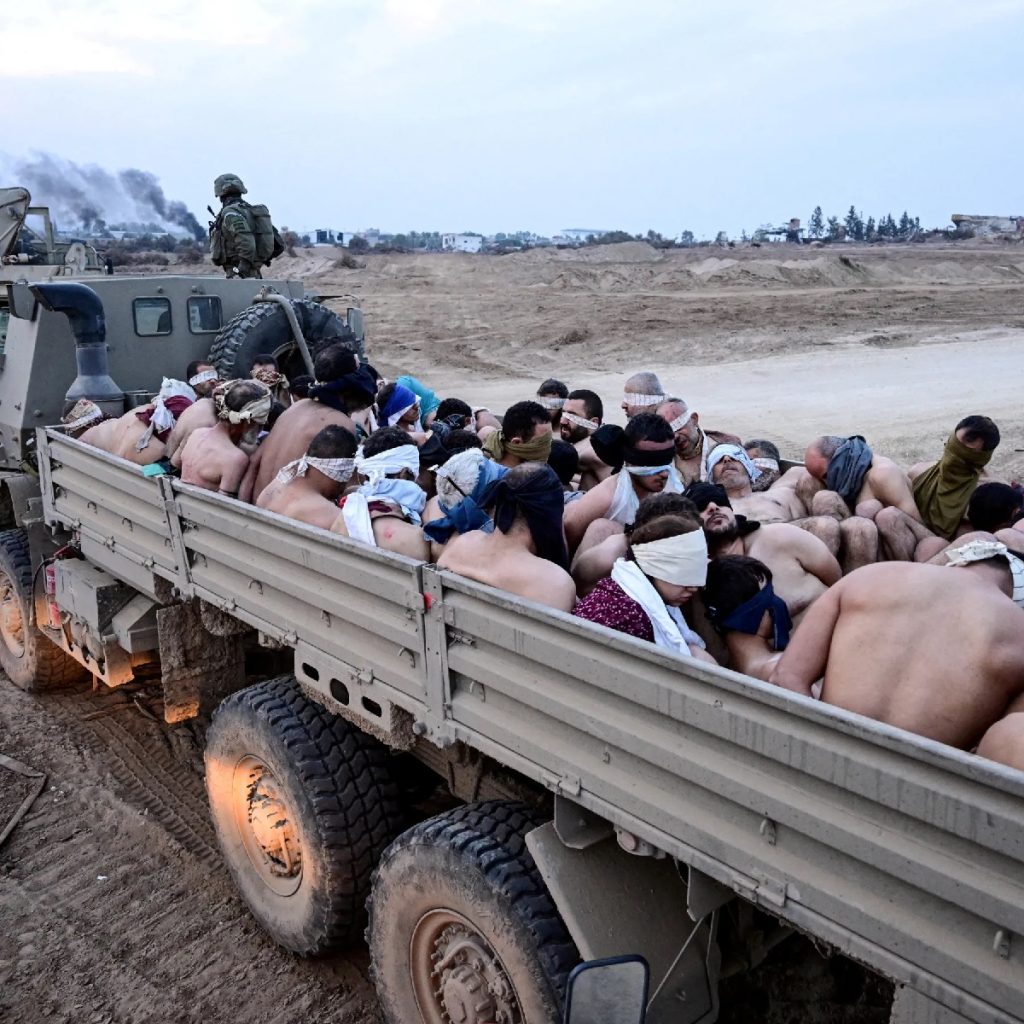Watan-In a testimony that shakes the global conscience, released Palestinian prisoners have revealed shocking details about their suffering inside the Israeli Sidai Taiman prison. The testimonies exposed brutal methods of torture described as “things we wouldn’t wish even on the devil,” according to released detainee Mohammad Kamel.
The prisoners, who were freed through the International Red Cross, narrated accounts of severe beatings, deprivation of sleep, and forced sitting or standing for hours under harsh conditions.
Detainee Osama Hammouda, who spent five months in detention, spoke about daily suffering inside the prison, including intense beatings and ongoing humiliation. Meanwhile, detainee Mohammad Naim revealed the occupation’s attempts to break their will through both physical and psychological torture, in conditions devoid of the most basic elements of human life.

Sidai Taiman: A Symbol of Brutality in Gaza’s Prison System
Reports have confirmed that Sidai Taiman has become a symbol of repression during the Gaza war, where detainees are brutalized as part of the occupation’s policy to break resistance. Hamas and Palestinian resistance factions have called for immediate action to save the prisoners, warning that the continuation of these crimes could lead to severe consequences on the ground.
Meanwhile, the occupying authorities have remained silent in response to these testimonies, as popular and human rights anger grows both in Palestine and beyond, with international calls for an investigation into the war crimes committed against Palestinian prisoners.
The report once again reveals the true face of the occupation, which does not hesitate to use the most barbaric methods of torture, in blatant violation of all international and humanitarian laws. Will the international community act to put an end to these crimes? Or will the prisoners’ cries remain trapped within the walls?
-
- Algeria Orders Immediate Expulsion of French Embassy Staff over Diplomatic Violations
-
-
-
-
